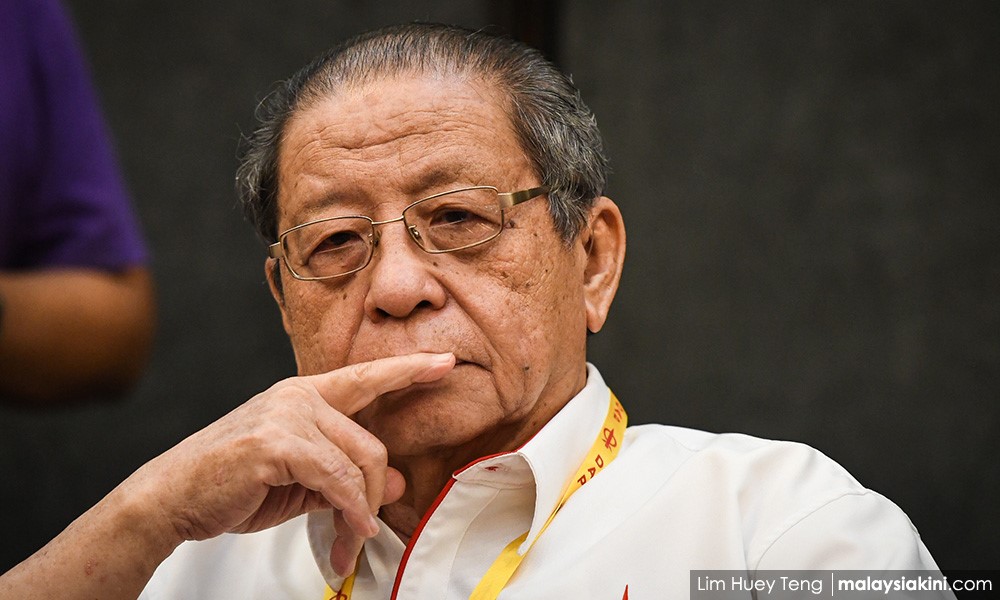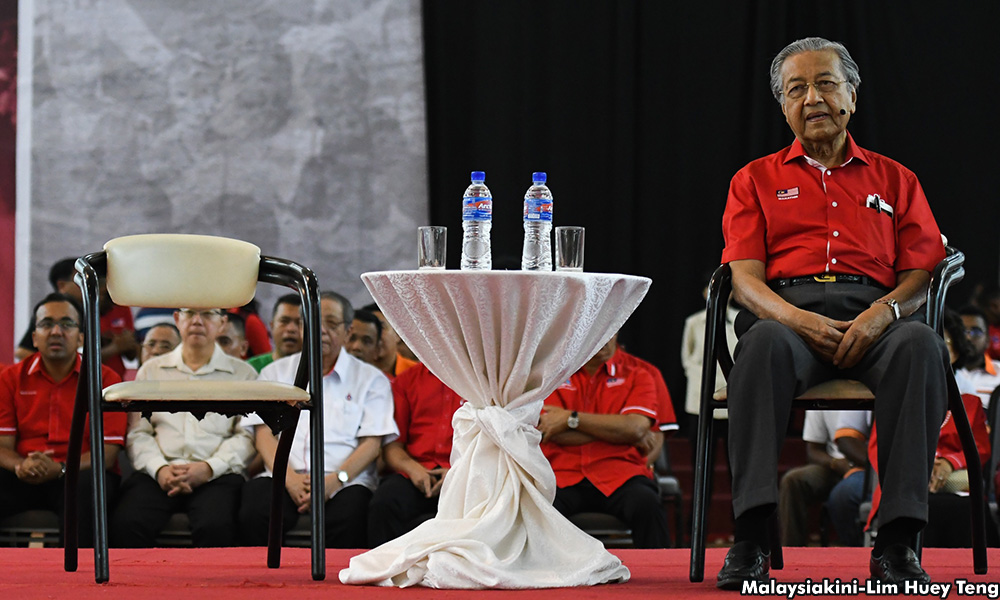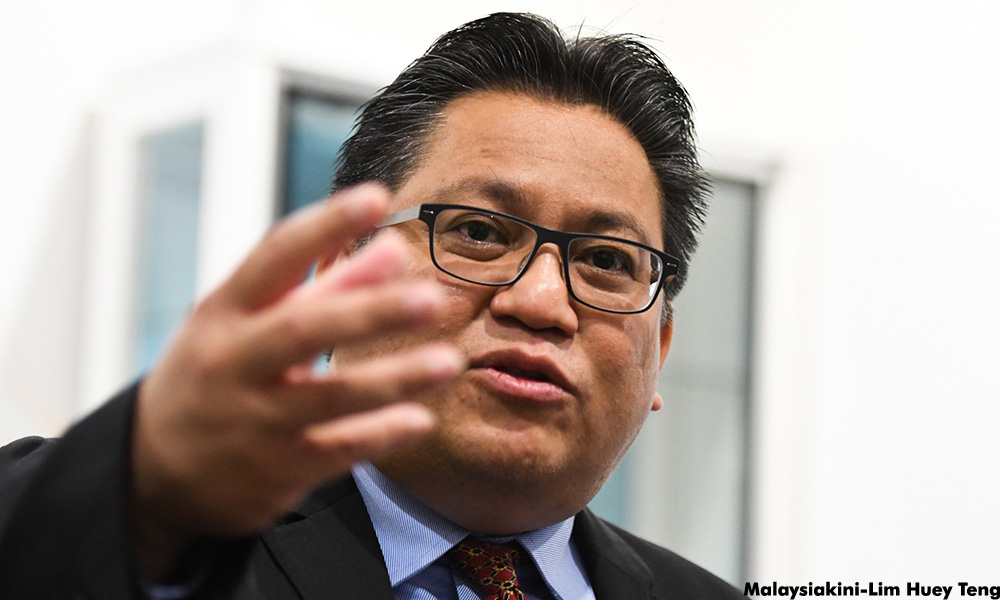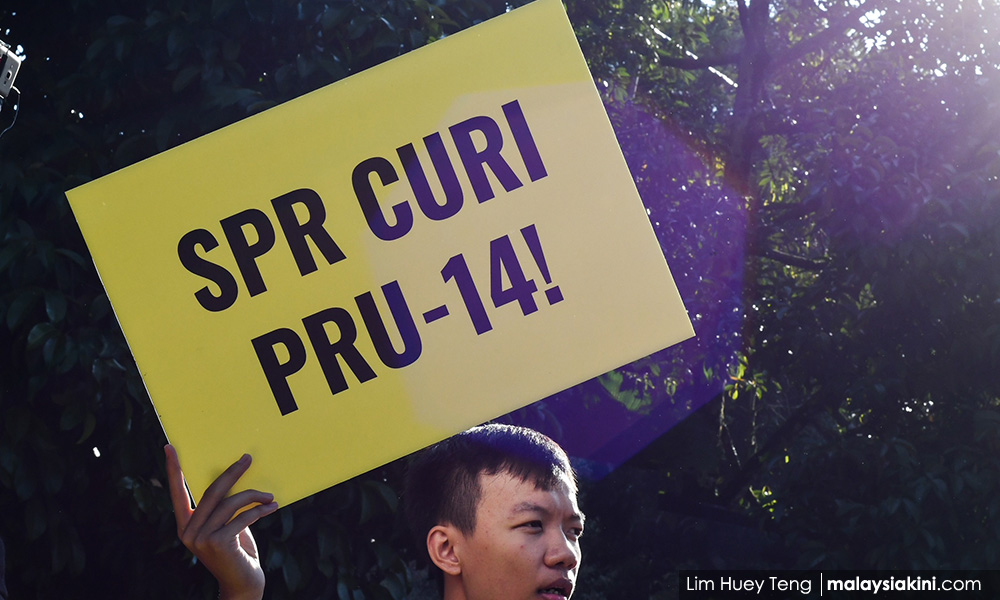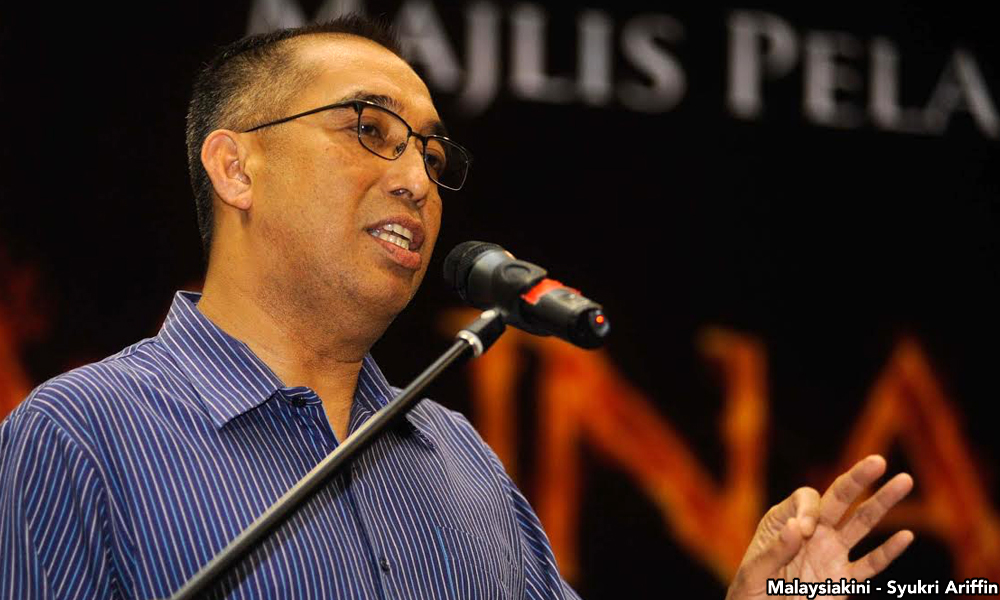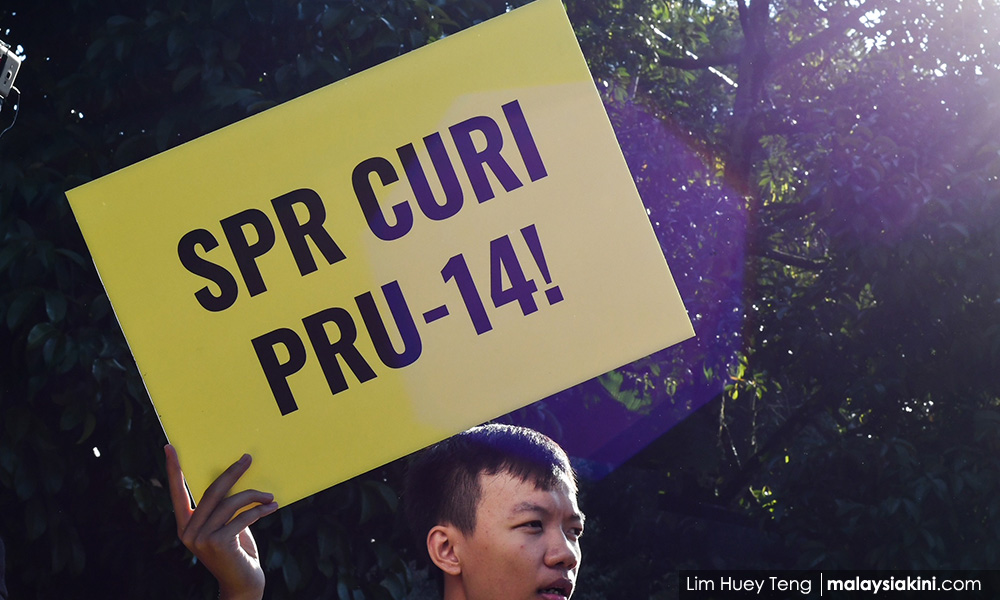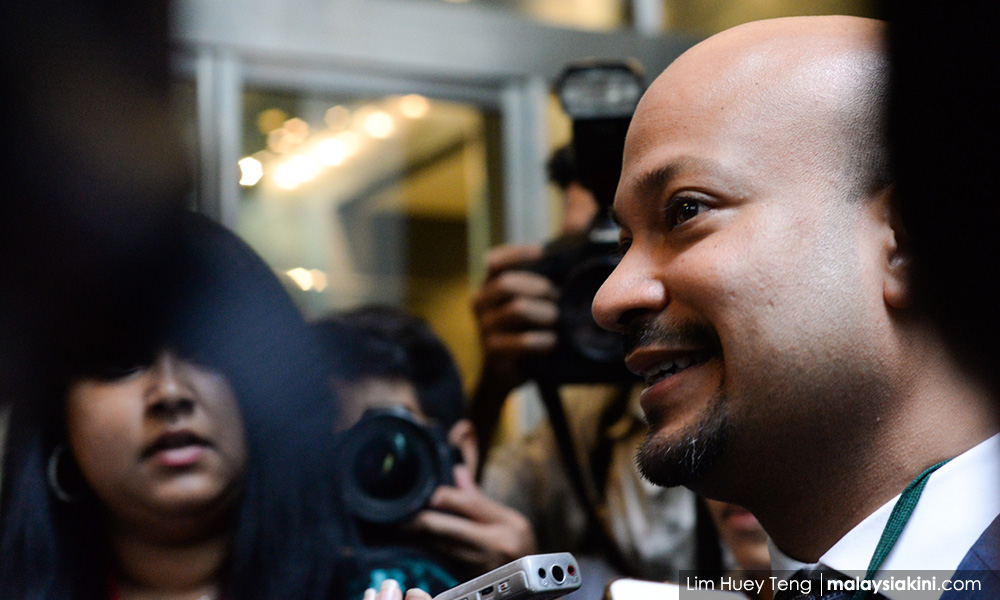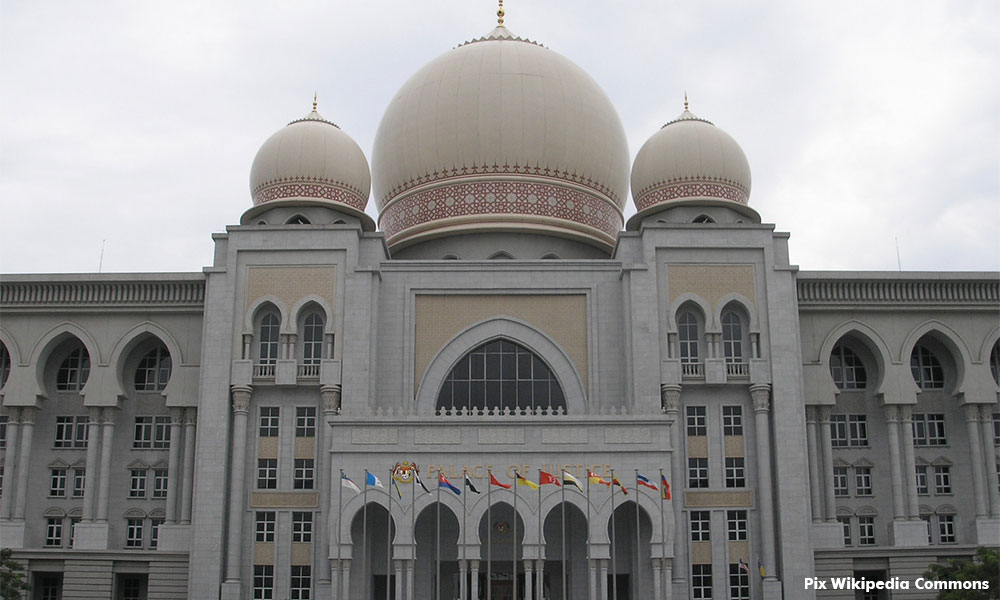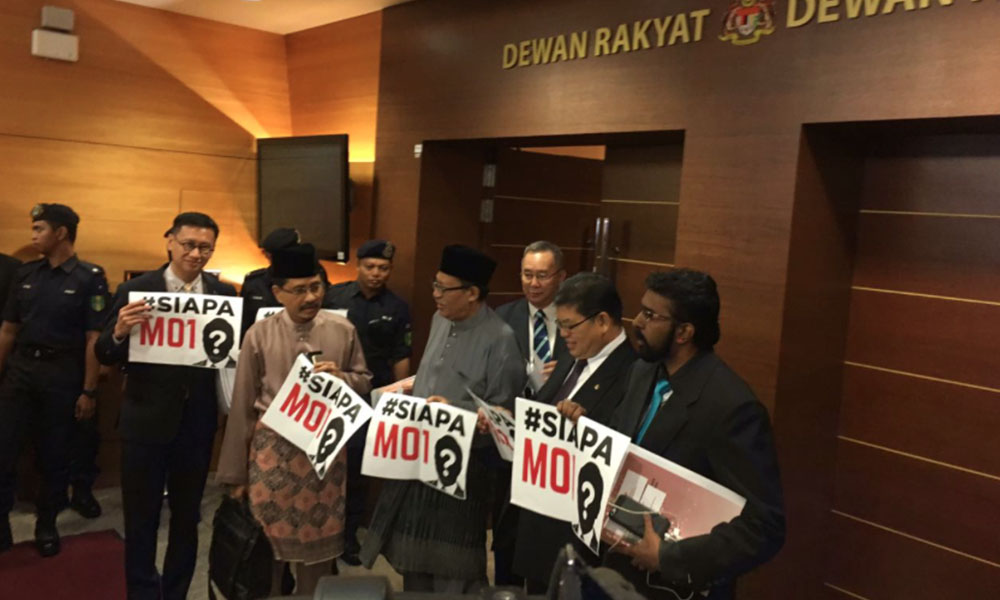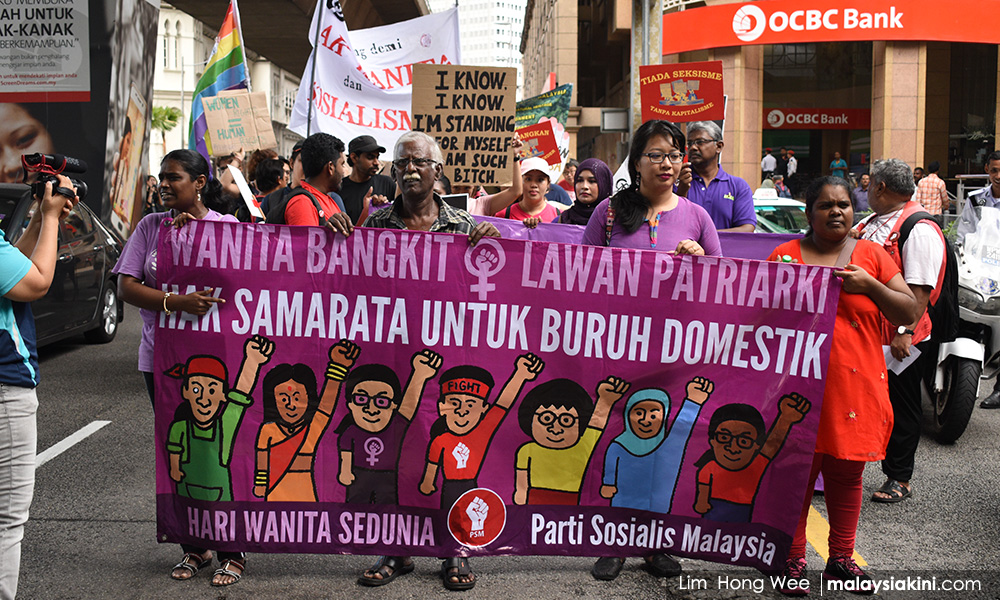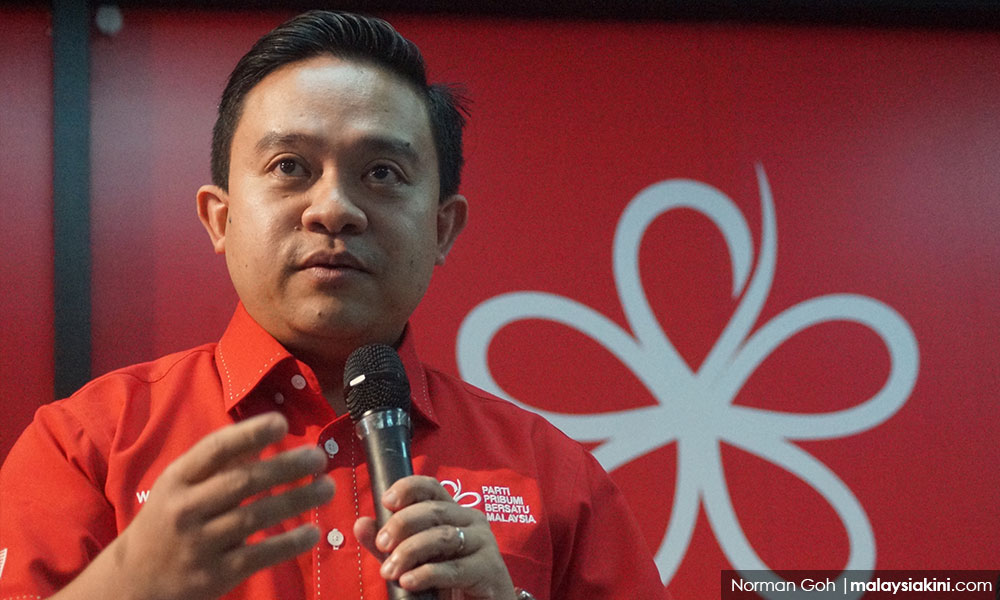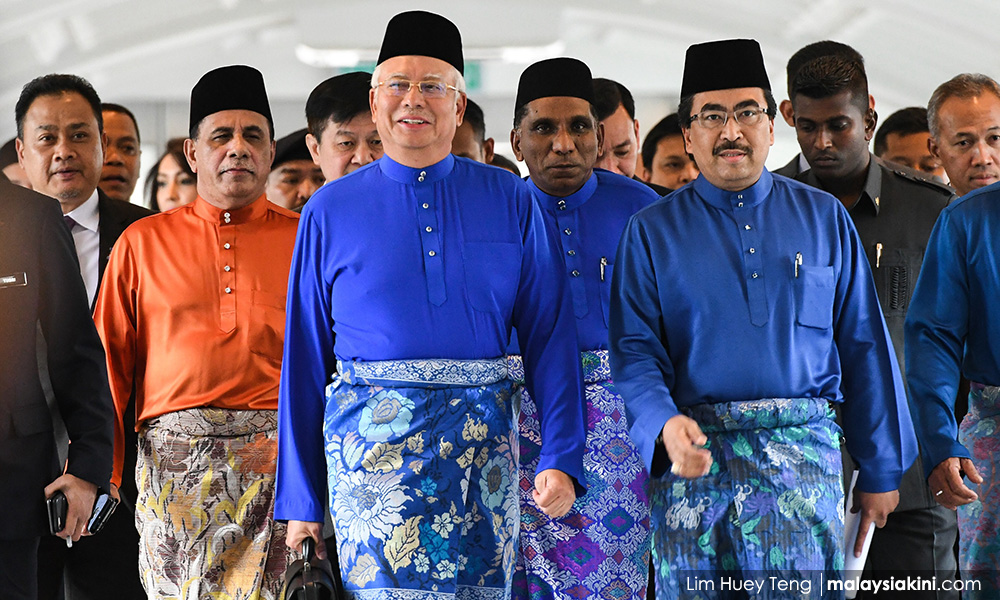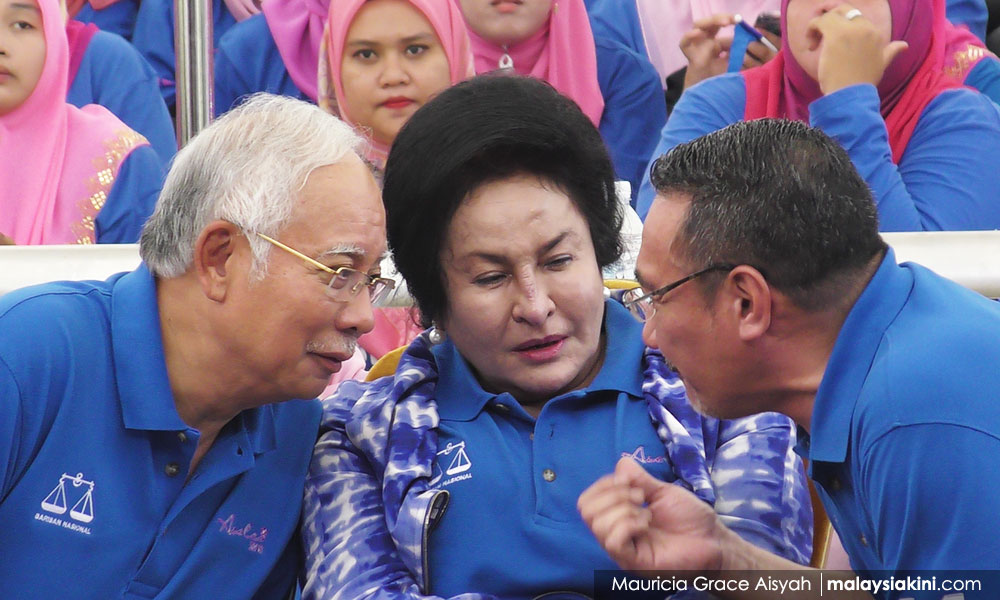-Dr. Lim Teck Ghee, May 20, 2014.
 45 years after the New Economic Policy was introduced, the harvest of the NEP is being reaped. The NEP was supposed to have a 20 year time span and to end in 1990. That did not happen. It was supposed to nurture a Malay middle and upper class and to produce Malay professionals at least equal in number to the non-Malay professionals who had dominated the country’s economic life in the late 1960s. That did happen.
45 years after the New Economic Policy was introduced, the harvest of the NEP is being reaped. The NEP was supposed to have a 20 year time span and to end in 1990. That did not happen. It was supposed to nurture a Malay middle and upper class and to produce Malay professionals at least equal in number to the non-Malay professionals who had dominated the country’s economic life in the late 1960s. That did happen.
Despite official efforts to understate the development of the Malay middle and upper class (so as to justify the continuation of NEP programmes), the growth of the Malay educated and professional group rivalling and even exceeding that of the non-Malays became an accomplished fact by the 1990s. The irrefutable proof is the abandonment, in the year 2000, of a critical table comparing the number of Malay and non-Malay professionals – a key feature of all Malaysia Plans since 1970.
From a very small base of professional and technical workers in 1970 (Bumiputera comprised 4.9% of registered professionals at that time) the Malay component of professional and technical workers today is the biggest amongst the various racial groups. According to the Third Outline Perspective Plan (2001-2010) the Bumiputera community comprised 63.5 per cent of the Professional and Technical category of employment in 2000.
This growth of a strong Malay professional class within 30 years is possibly the fastest recorded by any marginalized community. That this information is not widely known or disseminated is not due to modesty but due to controlled political spin aimed at underreporting Malay achievement and emphasizing non-Malay dominance of the economy.
As further evidence of the extraordinary growth of Malay educated, MARA alone has graduated more than 700,000 students, almost all Malay since its inception in the 1960s. Over 500,000 students were recipients of MARA scholarships, more than 200,000 received business loans from MARA from 1951 to 2012, and over 150,000 MARA students received entrepreneurship training. If we add to this total the number of Malay students who have graduated from the public universities or have been recipients of financial assistance from government linked organizations as well as from private sector organizations, what emerges is the undeniably successful implementation of a programme of racial preference in education, unparalleled in the region if not the world in terms of its magnitude and outreach.
So what are the real returns of this massive, all-encompassing national policy favouring the Malay component of the population? Other than its quantitative results in the number of beneficiaries and the individual and collective outcomes in better jobs and higher incomes for these beneficiaries, what have been the benefits in terms of goals such as social cohesion, racial harmony, national solidarity, social justice and the moral basis of the nation?
Isma – Typical child of the NEP
The government has put off discussion and analysis of these less easily measurable but more lofty goals and outcomes. However members of the public have a right to such an accounting and to demand answers. This is necessary in light of the emergence of militantly chauvinistic groups such as Perkasa and Isma that are increasingly the most prominent fruits of the NEP harvest.
have a right to such an accounting and to demand answers. This is necessary in light of the emergence of militantly chauvinistic groups such as Perkasa and Isma that are increasingly the most prominent fruits of the NEP harvest.
The discomforting fact is that – in both these organizations – it would be a rarity to find a leader or even ordinary member who has not personally been a beneficiary of some kind of NEP programme. It is more than likely that these children of the NEP are beneficiaries of not one but of multiple NEP programmes, including preference in university admission, privileged access to government loans and occupational licenses, cheaper housing, priority access to civil service employment, and numerous other permutations of racial preference programmes.
Having now reached to where they are at the higher end of the socio-economic ladder, leaders and members of Perkasa and Isma have become born-again Malay nationalists and Muslim zealots. The leadership and membership ranks of Isma, currently the most vociferous of extremist Malay organizations, include doctors, academics, accountants, lawyers and others. Many of these highly educated have been sent abroad at taxpayers expense for second or third degrees and miscellaneous courses so that Isma apparently has branches in Egypt, Australia, Jordan, Europe, India, Japan, Korea and New Zealand, although hopefully, these are mosquito outfits.
One would have expected that members of Isma – whether in Malaysia or abroad – who have feasted or gorged on the NEP would recognize that their privileged positions are at least partly due to the sacrifices of non-Malay and non-Muslim communities. Even if they do not acknowledge this debt of enforced contribution to their wellbeing, one would have expected Isma leaders to behave with higher standards of rationality, civic responsibility and decorum as befitting their educational and socio-economic status.
But no. Not only is there a failure to appreciate that their entitlements have not fallen magically from the sky but they also seem oblivious of the need for them – as privileged children of the NEP – to help preserve racial peace and harmony. Instead they are reinforcing the impression that Malaysians have been financing their uselessness by being insatiable in their demand for more and more racial entitlements, with the ultimate aim to drive the “pendatang” – now labelled as “trespassers” – out of Malaysia.
This is not just the conclusion that any non-Malay or non-Muslim gets from the recent stream of racial and religious trash-talking from Isma. It is also one that concerned Malays seem to be reaching.
In seeking to understand the Isma mind and its message of racial hate and division, one Malay has tried to explain it in the following way:
These statements [of “trespassers” and “proxies to the Jewish Zionist evangelists”] show that Isma suffers from a major issue of inferiority complex. This issue evolved into a severe case of xenophobia, “an irrational or unreasoned fear of that which is perceived to be foreign or strange”. Unfortunately, this not only true for Isma but permeates within the majority of the Malay Muslim community in Malaysia.
Extreme paranoia has led us to believe that everything in the world is against us. All things foreign or different are considered as a conspiracy agenda of the Illuminati, Freemasons, Jewish Zionist Evangelist, Shiites, Wahhabi, communist, socialist, capitalist and Red Bean Army. It is more worrying when we start to justify these phobias along religious lines.
(The Malay phobia: Isma fearing its own shadows – Iskandar Fareez in The Malaysian Insider )
This land is our land
I hope Iskander Fareez is correct about Isma and other similar fringe groups in that their source of racial and religious vituperation stems from a sense of inferiority; and is not the result of pure avarice, jealousy, and racial hatred. I also hope he is wrong that these feelings of inferiority, extreme paranoia and xenophobia are widespread within the Malay Muslim community as he alleges.
Surely, the NEP has led to a more confident, more caring Malay Muslim community which is at peace with sharing this nation with other fellow Malaysians. But if the NEP has not done so, that’s too bad – for Isma and its supporters even if they raise their rhetoric to higher decibels or resort to violence.
This land of Malaysia is not just Isma’s and Perkasa’s homeland. It is also the homeland of the “pendatang” and “trespassers” of non-Malay origin and non-Muslim” religion who have equal rights under the constitution of the country. And no power or force in the world can change this.


